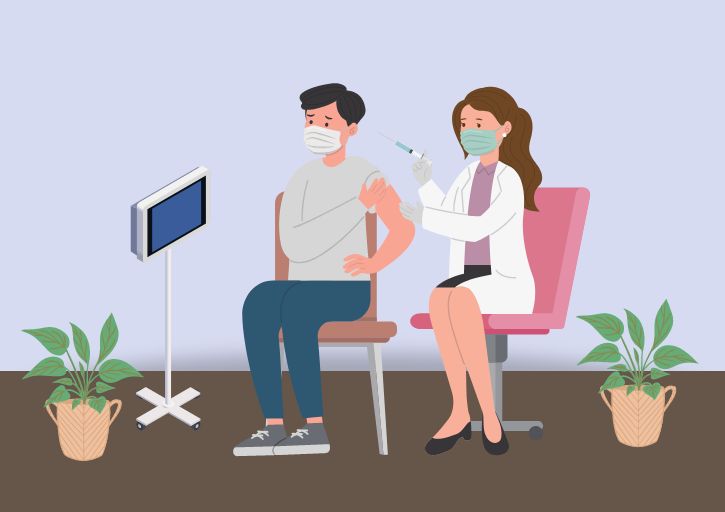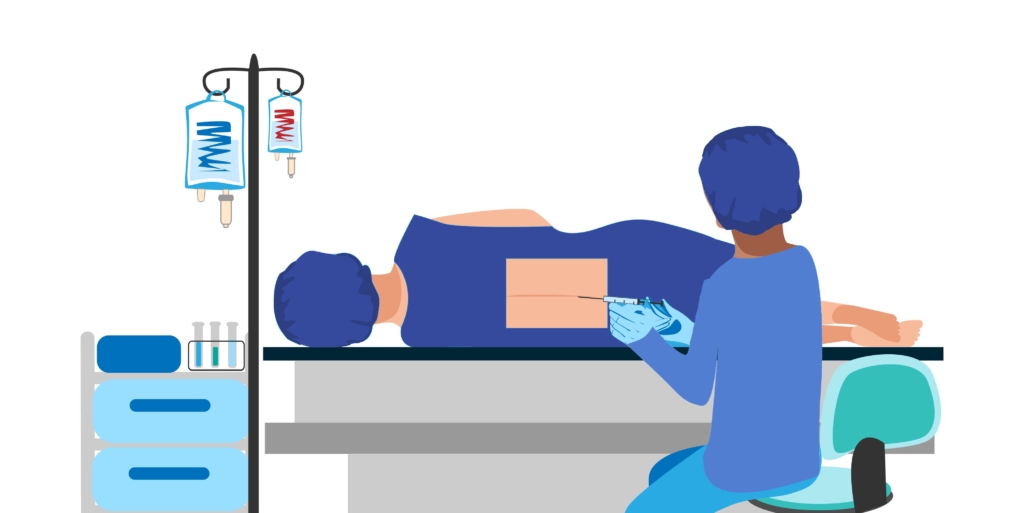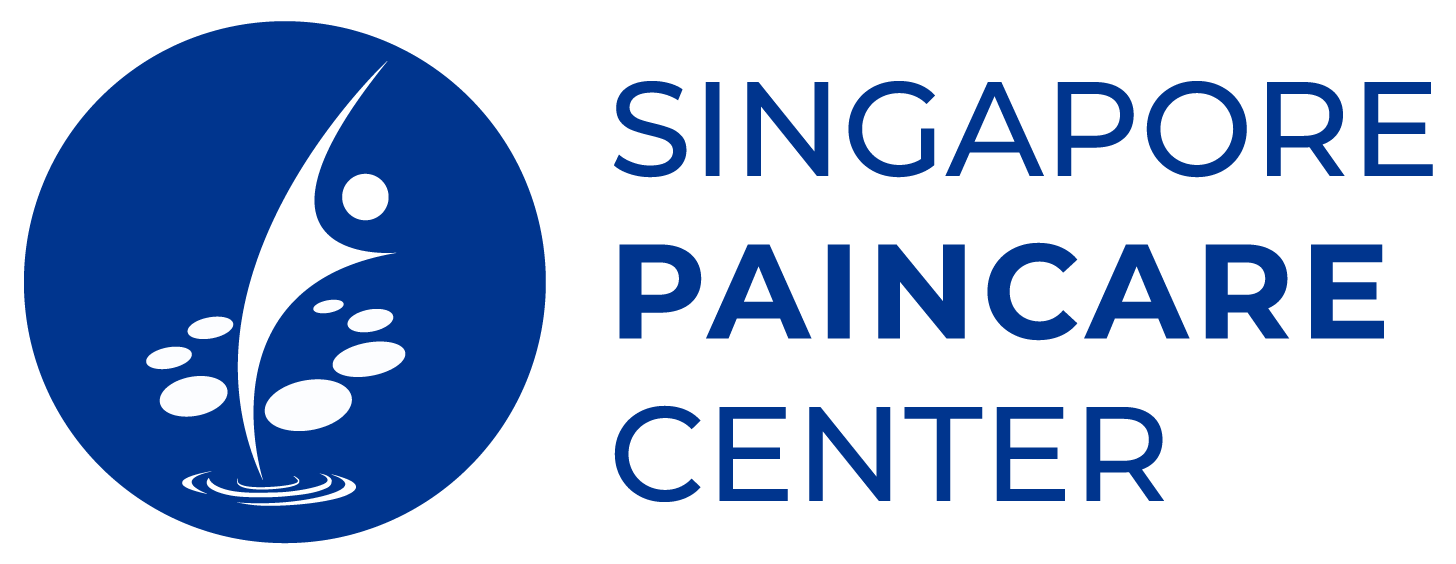Minimally Invasive Procedures
Modern medicine has led to the availability of many interventional options that do not require open surgery. We are able to offer Minimally Invasive Procedures (MIPs) to our patients as an alternative to surgical and conservative therapy because of our specialised knowledge and expertise in this area.
Painostic Methodology
The Painostic Methodology is Singapore Paincare’s unique formulation when performing pain assessments, diagnosing pain conditions, and reaching a pain treatment roadmap. It covers the theoretical and practical aspects of pain assessment and differentiates the mechanical and functional aspects of pain transmission. Site specific pain derives its diagnosis from local pathology as well as referred pain pathways. It gives an alternative consideration of other mechanisms of pain generators.

What Are Our Proprietary Pain Treatments?
Myospan
Myospan injections target muscles, ligaments, tendons, joints, and nerves to break the pain cycle, reduce inflammation, and improve healing.
Myospan is used to treat a wide variety of common pain conditions like tension headaches , tennis/golfer elbow, plantar fasciitis, and joint pain as well as pain in the shoulder, knee, ankle, neck and back.
Specialised needles are used to reach the pain source/generator without the need for open surgery or painkillers. Depending on the painful condition, different injections may be utilised to either remove the pain generator or stop the pain signals.
The injections can be given in a doctor’s clinic and usually only take a few minutes. Usually, a single course of treatment is sufficient for sustained pain relief and may be repeated in six months or a year if necessary.
Myospan treatments include Coreflex injections, Platelet-Rich Plasma injections, Intra-Articular Injections, and Botulinum toxin injections.


Neurospan
Neurospan is used to treat pain due to spinal causes. It treats the underlying source of pain such as slipped discs, bone spurs, and nerve compressions.
In cases of herniated discs, specialised needles and injections are used to decompress and shrink the discs using a vacuum effect to achieve the required volume reduction.
Adhesiolysis is used to “free” impinged nerves, thereby releasing scarred, compressed nerves. This also desensitises the irritated nerve, lowers pain sensitivity, and prevents radiculopathy.
Neurospan treatments include Neuroplasty, Nucleoplasty, Radiofrequency Ablation, Pulsed Radio Frequency, Intrathecal Pump Implants, Endoscopic Laser Decompression, Spinal Cord Stimulator, and Epidural Analgesia.
Minimally Invasive Procedures We Perform
Decompression
How do our treatments compare with the use of painkillers and traditional pain treatments?
Our minimally invasive pain management techniques bridge the gap between treating pain with open surgery, which may have higher risks and require longer recovery times, and conservative physical therapy, which may not be as quickly effective. While painkillers are helpful to an extent, they also come with a number of adverse effects, especially if used for an extended period of time. Painkillers also do not address the root cause of pain.

Benefits of Our Treatment Methods
What are the benefits of our pain treatment methods?

Pain Screening Packages
Detect 4 most common pain conditions - Neck Pain, Shoulder Pain, Back Pain, Knee Pain



